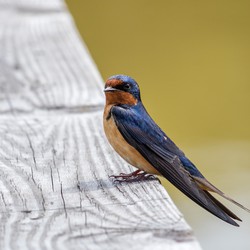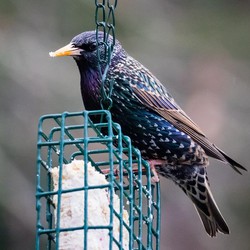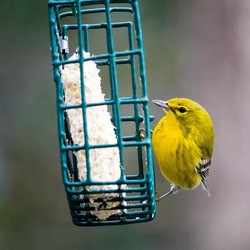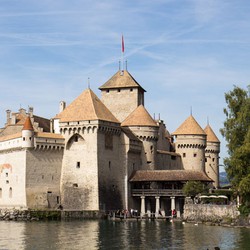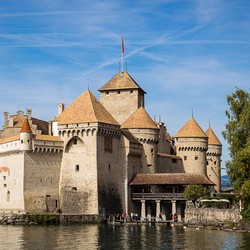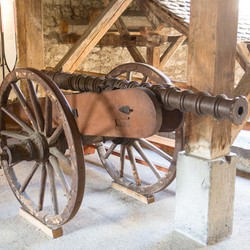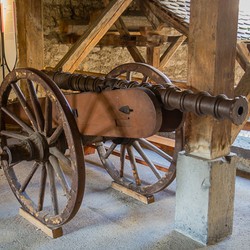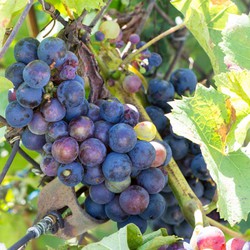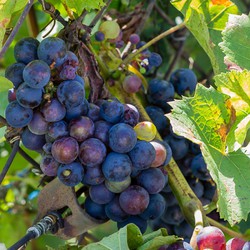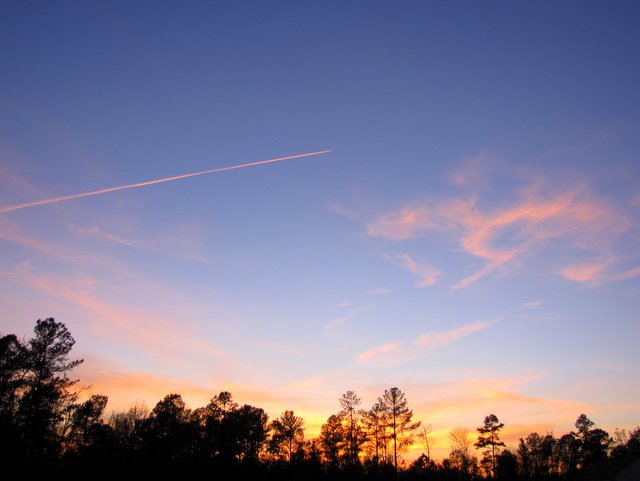Lately I've been thinking about image post-processing a fair amount. This is partly due to my shooting more photos, which subsequently need to be processed before I share them (I shoot in RAW). Post-processing is an area where I feel I have room to improve as a photographer. Most of the room for improvement comes down to the time I'm willing to put into the post-processing step. Often, I'm eager to share my photos, and will do only a small amount of editing to minimize the time necessary for that step. Investing time in this step, however, can often result in better photos. It's a deep rabbit hole, however, and I occasionally find myself asking "how far is too far?" when it comes to photo adjustments.
The tutorial videos I've seen online run the spectrum of possibilities. Some photographers treat their images very conservatively, making only the bare minimum changes to bring out the best of the photo. Others seemingly "run amok" with changes: from removing parts of the scene, to wildly adjusting the color of the lighting (often to make it appear that the photo was taken at a different time of day). Personally, I think I tend to lean towards the former thinking: adjusting only what's necessary.
I spent some time this afternoon making an alternate edit of a recent photo I took of a barn swallow at Lake Lynn in Raleigh, NC. Take a look at the following two images (click to enlarge):
The first image was my original "quick pass" at editing: global adjustments only. The second image was done with a little more care: I adjusted specific sections of the photo individually, spending more time in the process. I also adjusted the crop of the second image (the first's crop was a little off, in my opinion).
This particular bird was backlit in the photograph, making the side towards the camera much darker (as can be seen in the first image). I brightened that up considerably for the second image. Are the adjustments in the second image too much? Who's to say, really? It's an interesting problem to think about. Where is the line between reality and creative freedom?
My ultimate goal is to produce the best possible pictures I can. Much of that process begins with taking better photos to begin with, as post-processing can only help so much. Taking better photos requires practice which, happily, I'm getting more of with each passing day.

